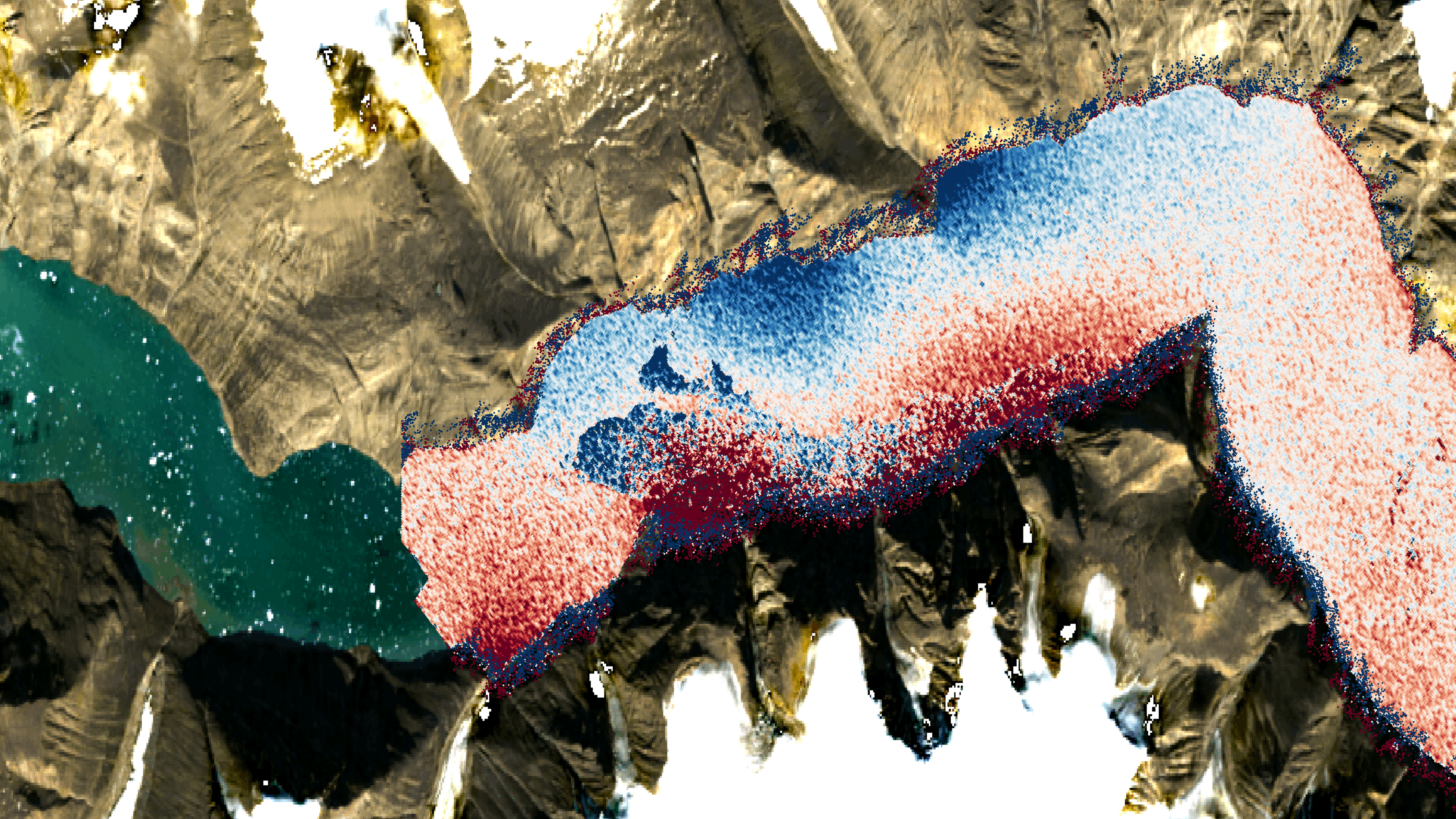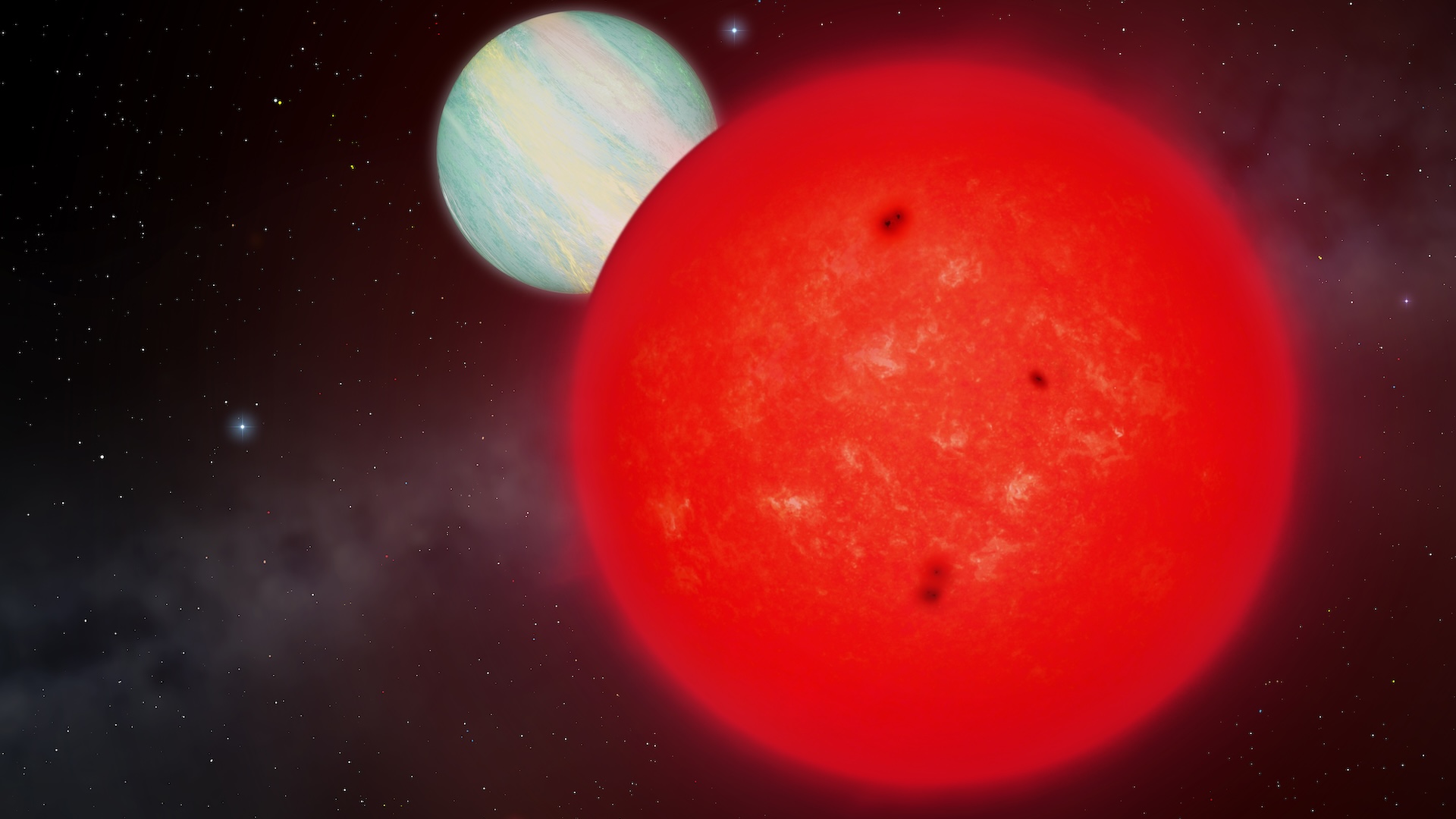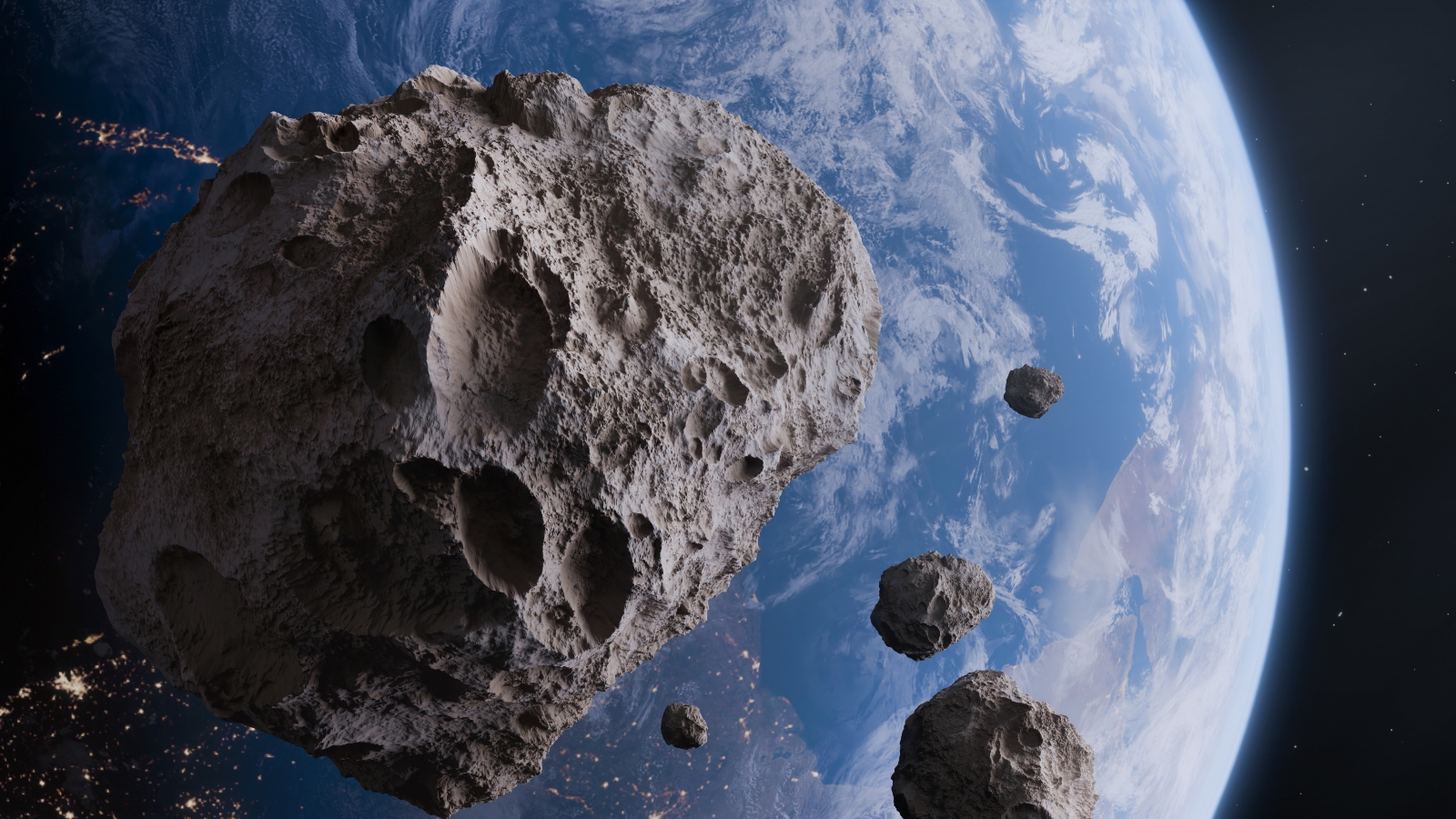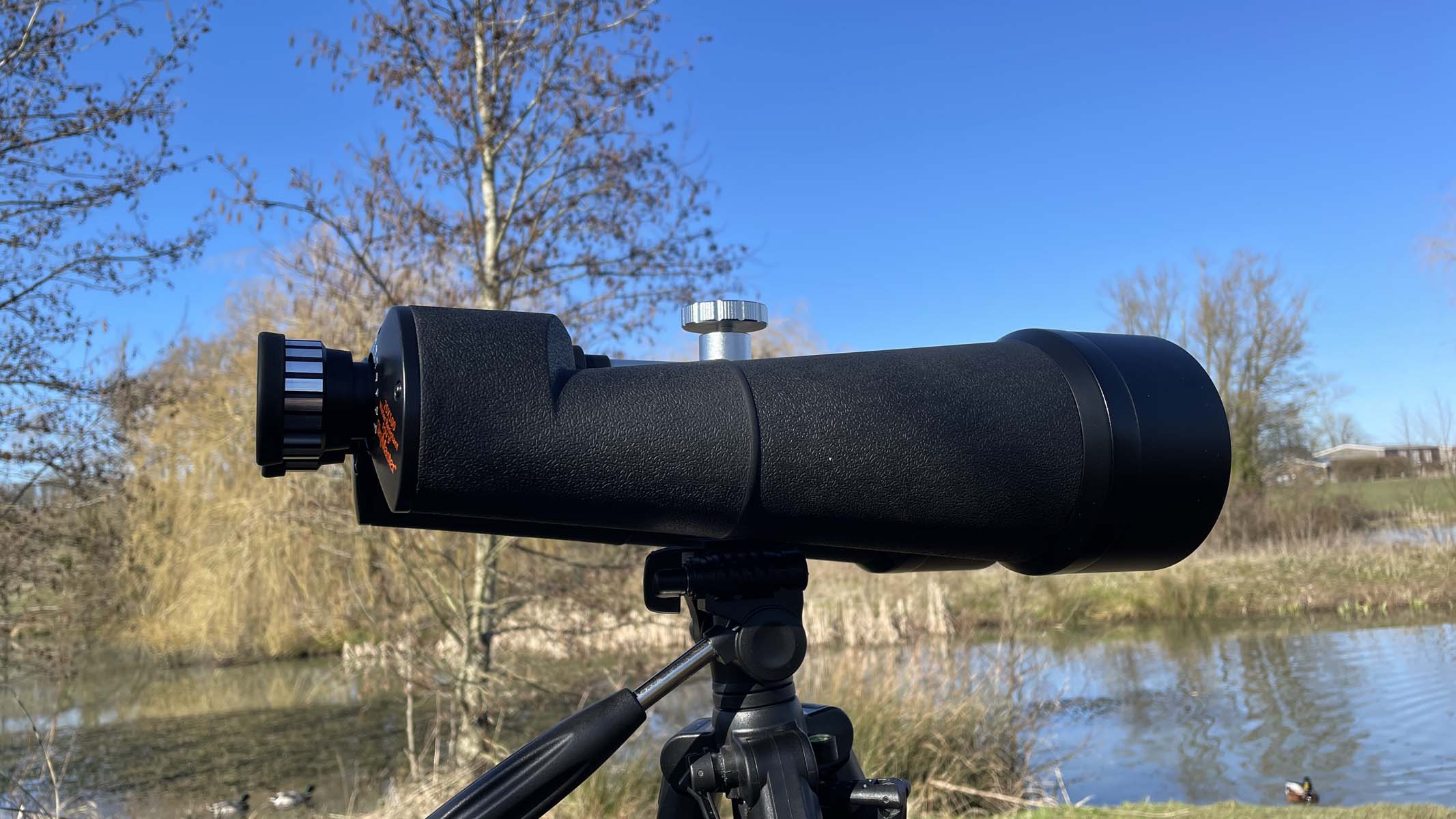Scientists have made the first direct observations of a strange seismic event that shook the world for nine consecutive days in 2023 and confirmed its cause: two “mega-tsunamis” that sloshed around an East Greenland fjord.
The gigantic waves — one of which measured 650 feet (200 meters) high, or about half the height of the Empire State Building — entered East Greenland’s Dickson Fjord and rocked back and forth for nine days in September 2023, sending seismic waves reverberating through the planet’s crust.
The signal was initially a mystery to scientists, but ground and satellite imagery traced the likely culprit to landslides in the fjord. These landslides unleashed the waves, known as seiches, following the climate-change-induced melting of a glacier behind the fjord. However, no direct evidence of these seiches was found.
Now, the theory has been confirmed by a new satellite that tracks water on the surface of the ocean. The findings were published Tuesday (June 3) in the journal Nature Communications.
“Climate change is giving rise to new, unseen extremes,” study lead author Thomas Monahan, a graduate student in engineering science at the University of Oxford, said in a statement. “These extremes are changing the fastest in remote areas, such as the Arctic, where our ability to measure them using physical sensors is limited. This study shows how we can leverage the next generation of satellite Earth observation technologies to study these processes.”
Related: ‘This is a very big earthquake’: The science behind Myanmar’s magnitude 7.7 earthquake
Typically, scientists study the movements of tsunami waves using a method called satellite altimetry, in which radar pulses are sent to the ocean’s surface from orbit to measure a wave’s height based on the time it takes for the pulses to return.
But because satellites have long gaps in coverage and their instruments can only measure what’s beneath them, they are unable to measure the differences in water height in confined areas like those within the fjord.
To confirm the existence of the seiches, the scientists turned to data captured by the new Surface Water and Ocean Topography (SWOT) satellite, a joint project of NASA and CNES, France’s space agency. Launched in December 2022, the satellite uses an instrument called the Ka-band Radar Interferometer (KaRIn) to map 90% of the water across the ocean’s surface.
KaRIn works by using two antennae mounted across a boom on each side of the satellite to triangulate the return signals of radar pulses with unprecedented accuracy — measuring water levels with a resolution of up to 8.2 feet (2.5 m) along a 30-mile (50 kilometers) arc.
SWOT data taken above the fjord during the two mega-tsunamis revealed two cross-channel slopes moving in opposite directions between it, confirming their presence. Seismic observations made thousands of miles away, alongside weather and tidal readings, further enabled the researchers to reconstruct the waves and conclusively link them to the mysterious seismic signals.
“This study is an example of how the next generation of satellite data can resolve phenomena that has remained a mystery in the past,” co-author Thomas Adcock, a professor of engineering science at the University of Oxford, said in the statement.
“We will be able to get new insights into ocean extremes such as tsunamis, storm surges, and freak waves,” he added. “However, to get the most out of these data we will need to innovate and use both machine learning and our knowledge of ocean physics to interpret our new results.”














